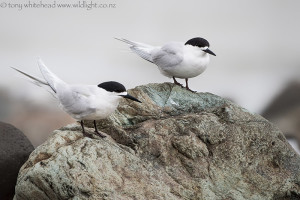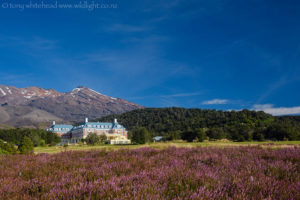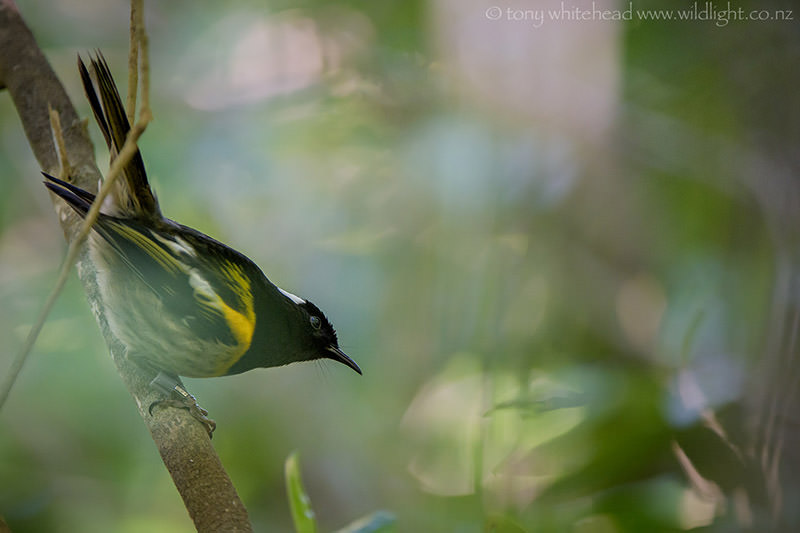
Some of my favourite places are remote and expensive to reach, others much closer and can be visited with more spontaneity. Tiritiri Matangi definitely falls into the latter category being a brief and economical NZ$55 ferry ride from Gulf Harbour. We normally plan a visit up to Auckland with a trip in mind but only book it the night before once we have a better idea of the weather. Our most recent trip was not looking too promising during the week with howling cold southerlies but as the weekend approached a high pressure system nudged in and we had a perfect day.
The thing that always strikes me about Tiritiri Matangi is the sound. On landing the constant calls of Tui, Bellbird, Saddleback (Tieke) , Stitchbird (Hihi) and Red-crowned Parakeet (Kakariki) remind me of how New Zealand should sound. Since the arrival of alien mammalian predators our native birds have suffered enormously because they evolved without needing the required defences, some even having abandoned flight. As a result the most common bird sounds on the mainland are those of introduced birds such as Sparrows, Starlings, Song Thrushes, Blackbirds and Chaffinches who can cope with marauding cats and rats. Walking the tracks of Tiritiri Matangi, especially though the older bush sections, is a delight of continuous sound and activity. Watching a Saddleback absorbed in foraging through the leaf litter around your boots makes it clear what easy prey they would be to a cat. They are totally preoccupied in their activity and naively unaware of any threat that the proximity of a large mammal can pose.
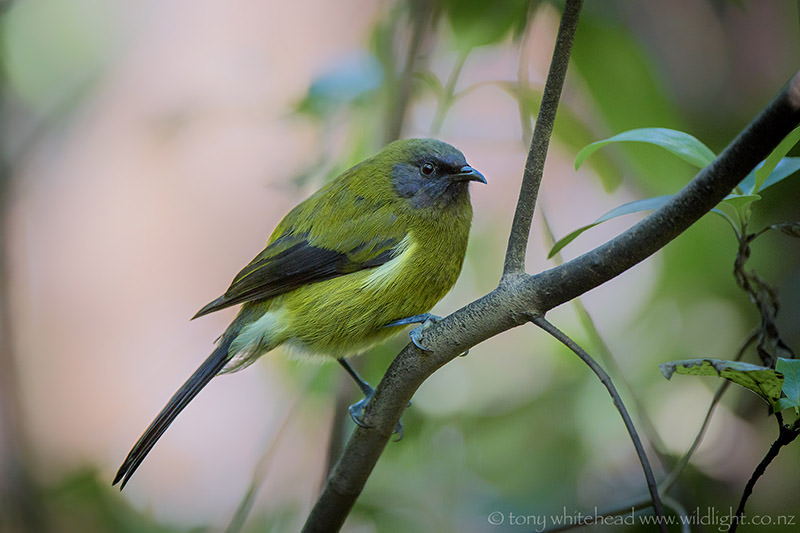
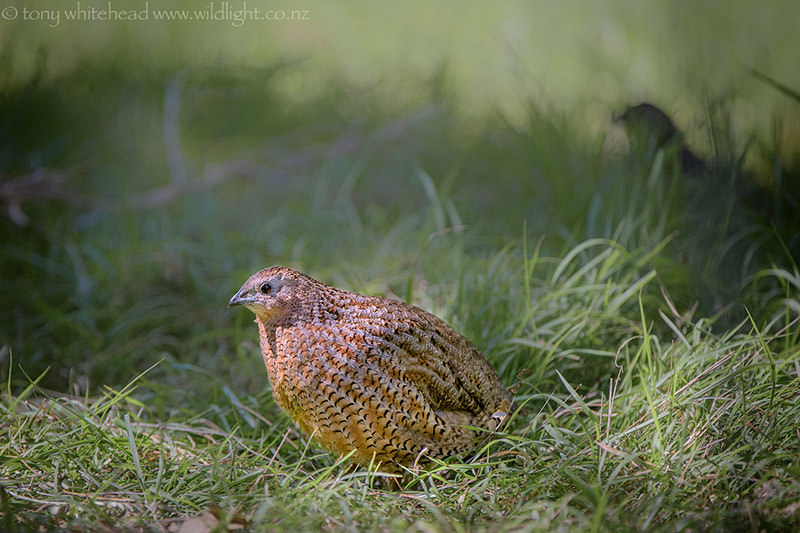
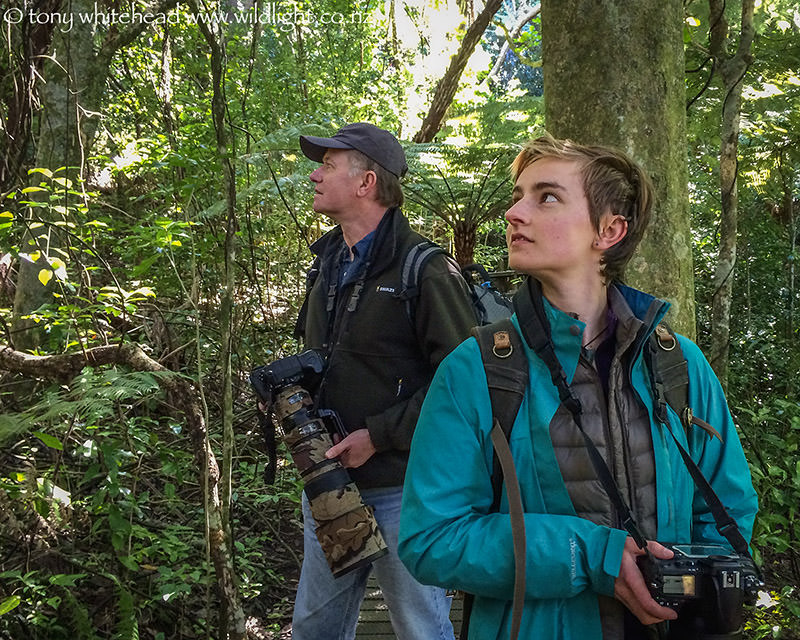
Having been running at redline at work for too many weeks with more to come this visit was a welcome breath of air. No especially good images but a nice collection of what you can encounter on a day trip to Tiritiri Matangi. Unfortunately the timing means we don’t see the best light of the day. One day I will have the time to plan a trip far enough in advance to book into the bunkhouse for a night or two, see the best light and have the chance to go Kiwi spotting in the dark.
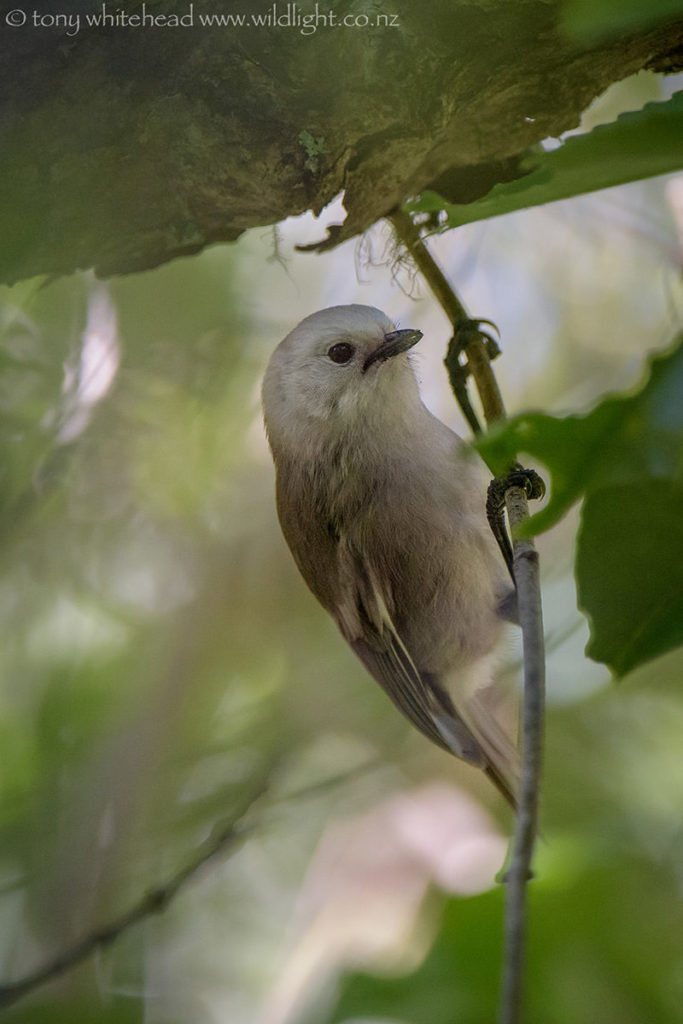
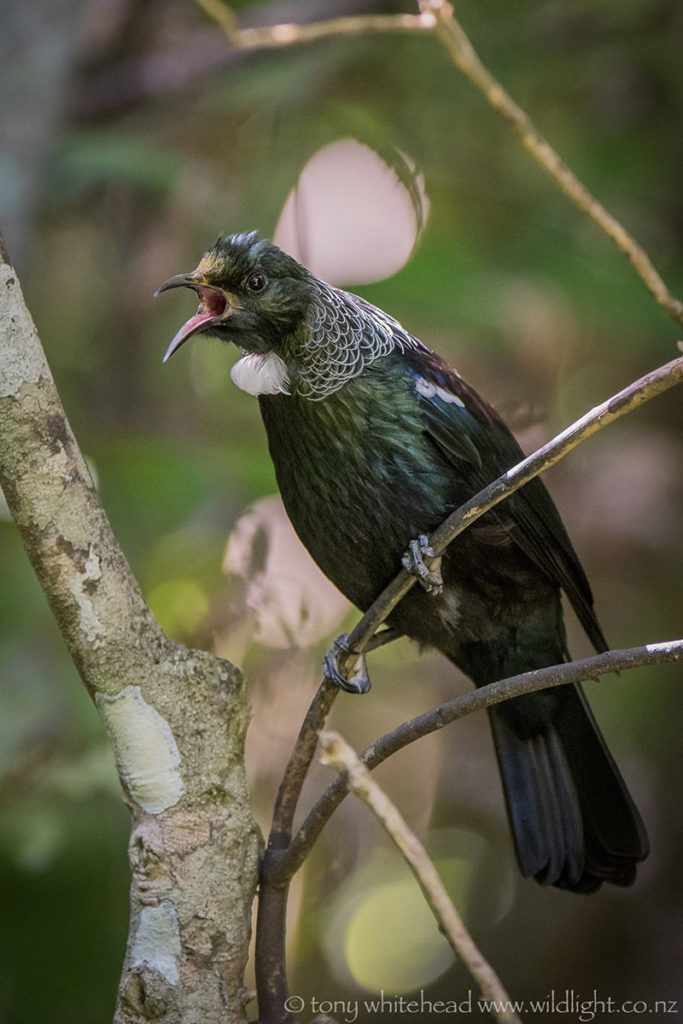
All bird photos with Nikon 810 and Nikon 200-400mm F4 VR lens. The low light levels in the bush make the load of a heavy, fast lens necessary. While modern cameras can capture clean images at high ISO the rapid movement of small birds mean you are needing as fast a shutter speed as possible to try and freeze them. Lots of photos of birds with blurry heads from movement were taken on this visit!
Follow the species links above to New Zealand Birds Online to see more of my photos of Stitchbird, Tui, Bellbird and Saddleback taken at Tiritiri Matangi previously.
After my first visit to Tiritiri Matangi I headed across to end the day at Muriwai photographing the Gannets. It makes for a long but really enjoyable day of varied bird photography opportunities so it has become a bit of a routine to head west after getting off the ferry. Next week I will share some photos from the second part of our day.
